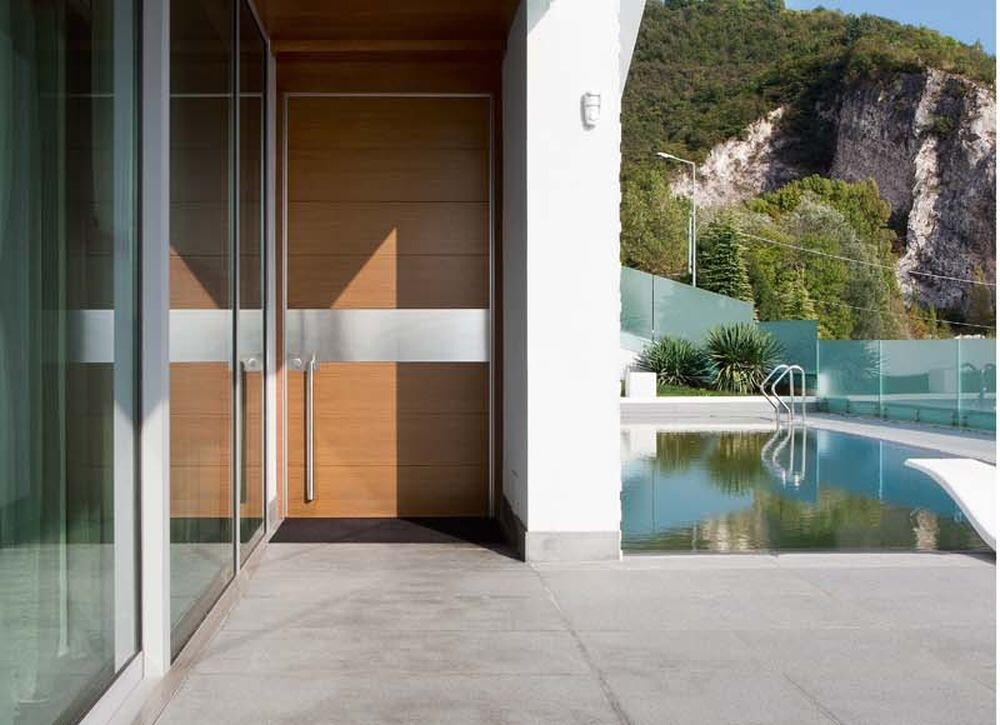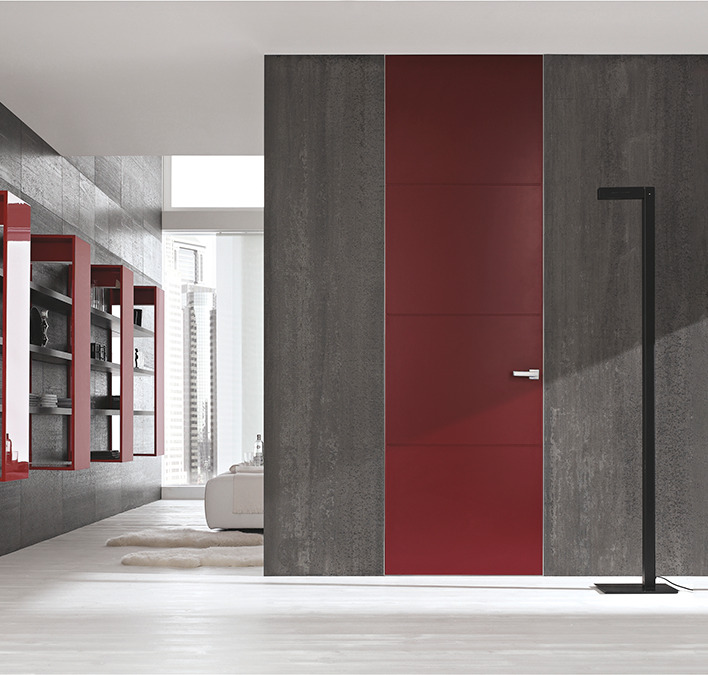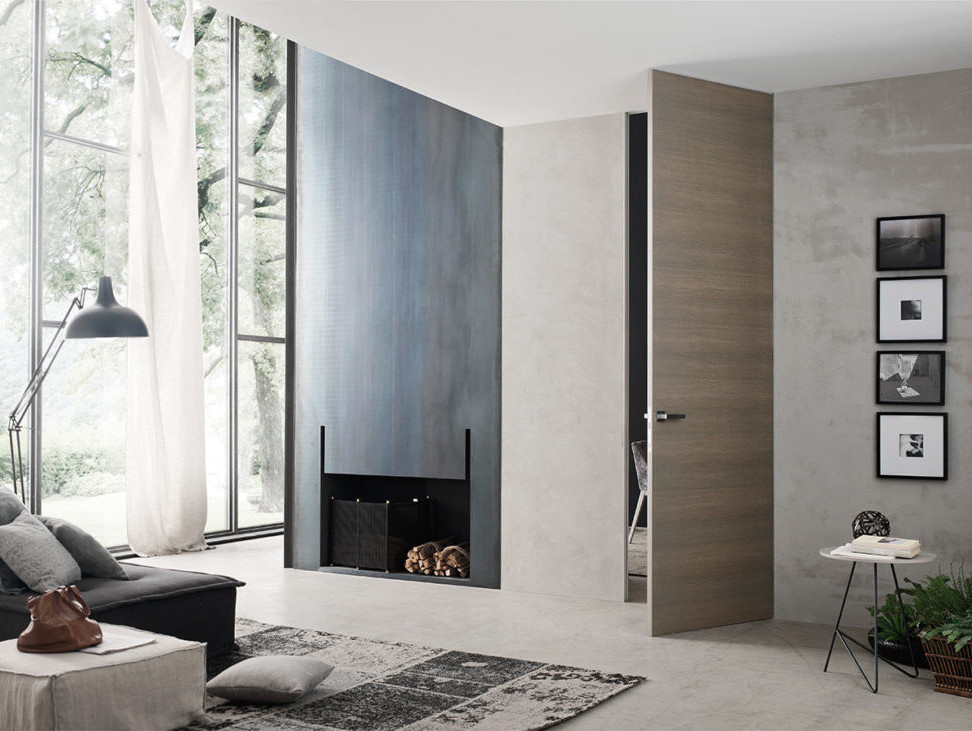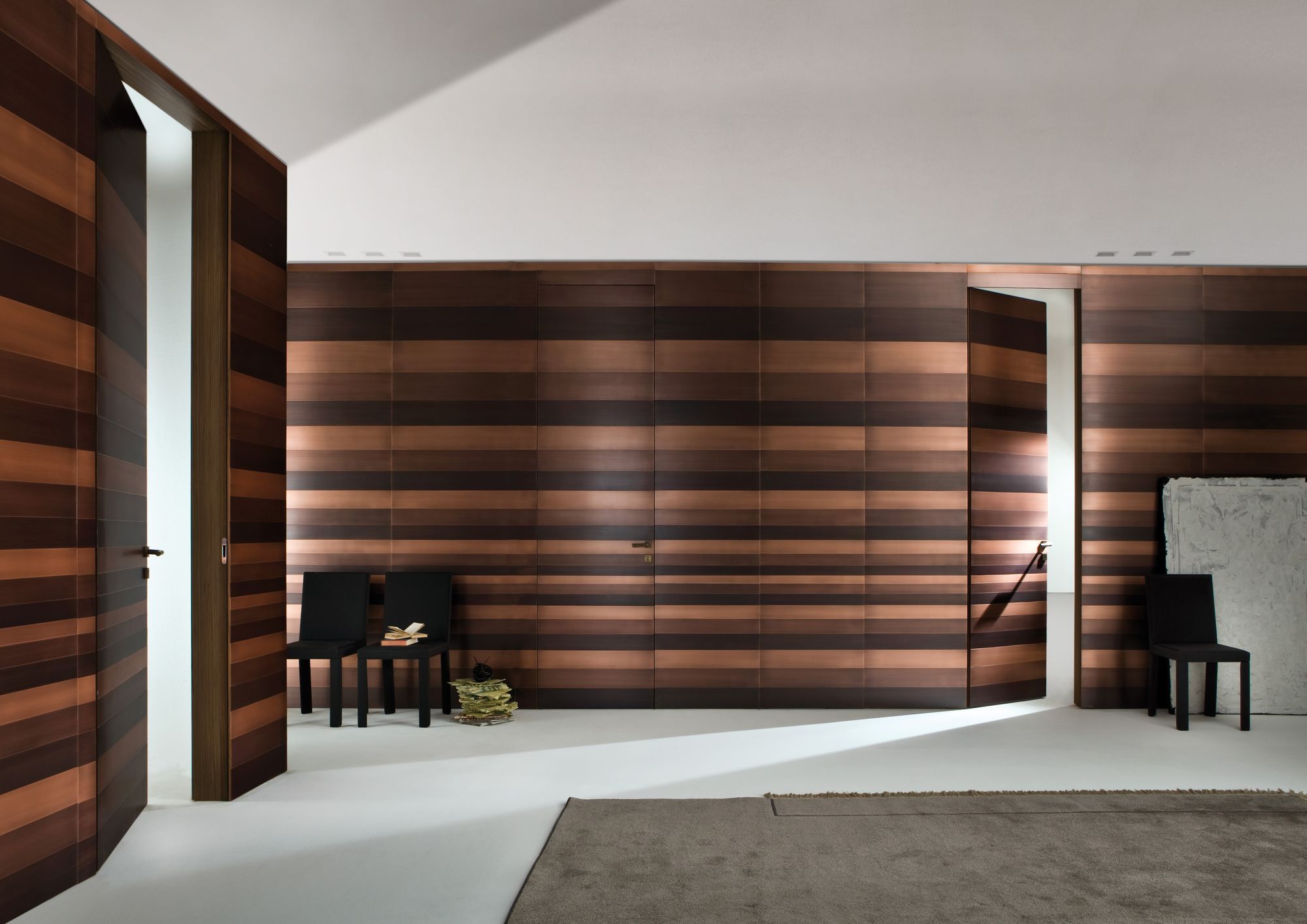In order to notice most easily the evolution of architecture, it is enough to look at the panorama of a big city – the current one and the one from a few decades or a hundred years ago. We will notice that the picture is entirely different – buildings are more numerous, and facades are more often made of glass, often with unusual shapes.
Up to nowadays the doors and windows have been changing primarily in terms of the materials used in their manufacture starting from natural to artificial ones, but also the surface they occupy and characteristics they possess.
Change in the facades, borders between the outer and inner world
Changes in the facades have largely changed the appearance of cities, giving them the stamp of a modern epoch. This is mainly due to the development of technology and energy efficiency. As a result, we are witnessing today the building undertakings that used to unimaginable.
Facade openings have been an unavoidable part of buildings ever since the man appeared, and they have changed over time due to numerous factors. There have been changes in the way of life, the development of construction engineering, namely the discovery of materials, the improvement of their processing and properties, and various technological advances.
What remains the same is the primary function of the doors. The doors are still a link between the worlds, internal and external one, giving security and aesthetics to the space. Various systems served for a long time to protect against external threats, whether atmospheric or human.
Modern architecture and the use of doors
Modern architecture implies energy-efficient carpentry, i.e. the one that contributes to maintaining the desired temperature inside the building. Such carpentry saves energy, absorbs noise, it is durable, and successfully resists atmospheric influences.
Models, patterns, and materials used for facade openings directly affect the exterior, and each historical epoch carries a specific style and characteristic of its time. Increasing facade openings and minimizing obstacles between external and internal life have become the imperatives of modern construction.
However, they also need to respond to safety aspects, to which the development of technology and various security systems contribute even more. In that respect, the role of doors has not changed, but their design has.
Doors through time and architecture
The first human habitats were caves, and cracks in their walls acted as the facade openings. Over time, man begins to build, first huts, and later, after the development of agriculture and animal husbandry and a stationary way of life instead of nomadic, more permanent buildings.
No matter how big the houses were, they had to have doors, primarily made of textiles or rough leather or leaves, depending on the climate. With the progress of civilization, the doors also developed, embodying the epoch during which they were created, as well as the style and manner of construction, and the character of the buildings.
Solid doors first appeared in public, lavish, and, wealthy buildings. The first stone doors were on tombs, as we find in ancient cities. Monumental doors were also made of bronze, like those in the Roman Pantheon that was 73 meters high!
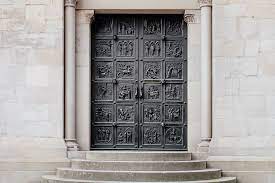
The art of door architecture design originates from Italy
When the hollow casting of auxiliary panels was revived, the art of casting and decorating such doors developed. That style began to be applied in cathedrals in southern Italy during the Middle Ages. From Italy, the cradle of modern doors, the style began to be used more widely in northwestern Europe in the 17th century, and in the United States in the middle of the 19th century.
Typical western medieval doors were made of vertical planks, with diagonal or horizontal fastenings, iron hinges, and chained with nails. The wooden gates resembled the original gates originating from Mesopotamia and Egypt.
Wood enabled the production of reliefs and decorative elements, but it initially represented durable and long-lasting protection of the building and its occupants. Glass surfaces and beautiful stained glass windows were also a part of them. The use of wood as a door material has lasted for centuries.
During the 20th century, the dominant wood began to be replaced with the use of metals, especially in public and commercial buildings. Aluminum was particularly popular because of its lightness and resistance to corrosion and external atmospheric influences, and, in addition to it, stainless steel or glass was often used.
And since then, a new history in the production of doors has begun to be written. We hope you enjoyed this small overview of the history of the door, and you can soon expect the sequel about more modern history. Also, to share once more the reason because of which ITALdoors finds the inspiration in Italy and the design that was born there.


